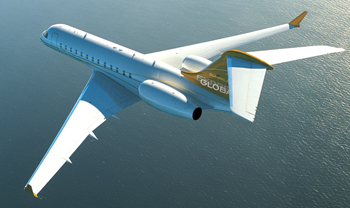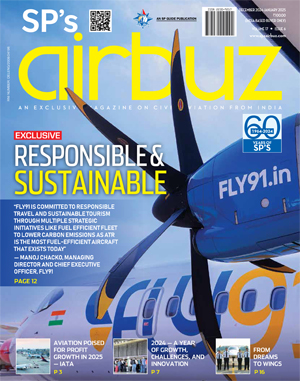Business Aviation & Corporate

Understandably, Business Aviation has evolved under the influence of two driving forces - the need for speedy executive travel to save expensive time as well as the need to maintain a status symbol.
Business aviation in the us evolved as a result of post World War II economic boom and the need for speedy response to business needs. However, the piston and turboprop engine aircraft that served the needs of Business Aviation were essentially for military purposes but later modified for business travel. It was nearly half a century ago that the first business jet, the Lockheed JetStar, made its maiden flight, thus heralding a new era in Business Aviation.
In India, Business Aviation was understandably slower in coming. This was not unusual for a nation struggling to overthrow the strangulating yoke of colonialism. That is not to say that businessmen were not enthusiastic about or did not understand the importance of aviation. Indeed, the redoubtable father of the Indian aviation industry - JRD Tata had shown characteristic foresight and vision in linking business and aviation by becoming the first Indian to hold a private flying license and establishing Tata Airlines, which through several stages of metamorphosis, has completed more than seven decades in Indian aviation and is now known as Air India.
Understandably, Business Aviation has evolved under the influence of two driving forces - the need for speedy executive travel to save expensive time as well as the need to maintain a status symbol.





